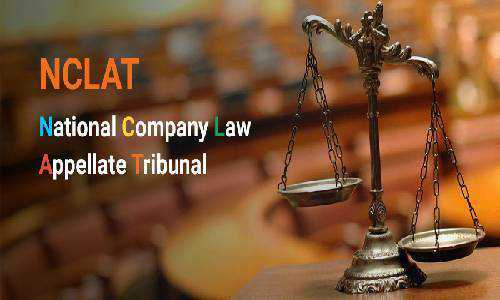
This long-awaited decision addressed a number of issues with the Corporate Insolvency Resolution Process (CIRP). This case stems from a series of appeals challenging the NCLAT's ruling in the Essar Steel insolvency resolution, as well as certain additional writ petitions challenging the constitutional validity of the 2019 Amendment.
In the instant case titled Santosh Wasantrao Walokar Vs. Vijay Kumar V. Iyer and Anr the issue raised before the NCLAT for clarification were:
Whether the claims that are not dealt with under the resolution plan can be extinguished under the IBC Code?
Whether NCLT has the power of Judiicial Review?
Whether section 30(2)(b) is constitutionally valid?
With regard to the first issue, The Resolution Plan must first complete the resolution proposals before the COC may make a final decision on the bids. Until then, authorities such as the NCLT are unable to intervene in the process and are not considering any applications in this regard. Furthermore, a writ petition filed in front of a High Court would be dismissed, arguing that no rights are being harmed at this time. The resolution applicant can only dispute the order before the NCLT once the COC finds that a resolution plan violates section 29A. The decision in the case of Swiss Ribbons v. Union of India advanced this legal status. Currently, the Supreme Court has declared that financial creditors have the most elevated position in a resolution plan's hierarchy, and that operational creditors' cases must be respected. This decision also put to rest the debate about the function of a resolution professional in the resolution process as a facilitator only, with no adjudicatory powers.
For the second issue, NCLT and NCLAT have limited judicial review, and they are not allowed to interfere with a commercial decision made by a majority of the committee of creditors. They can investigate whether the creditors' committee has taken into account the fact that the corporate debtor must continue to operate as a going concern throughout the CIRP, that it must maximise the value of its assets, and that the interests of all stakeholders, including operational creditors, have been protected, but they cannot rule on the merits. Furthermore, the Hon'ble Supreme Court stated that the NCLT and NCLAT can only assess a resolution plan's fairness and equitability.
Concerning the third issue, The constitutional validity of Section 30(2)(b) of the IBC was upheld by the Hon'ble Supreme Court, which held that the NCLT or the NCLAT had no residual equity jurisdiction to intervene in the merits of a business decision made by a majority of the committee of creditors as long as it complied with the IBC and the CIRP Regulations.
The court categorically said that,
“The Hon'ble Supreme Court clarified that the amended Regulation 38 of the Insolvency and Bankruptcy Board of India (Insolvency Resolution Process for Corporate Persons) Regulations, 2016 ("CIRP Regulations") does not put all the creditors at an equal footing. Fair and equitable treatment of operational creditors means that a resolution plan should protect their interests but it did not mean proportionate payment of debts. Treatment of unequals equally would violate the object and purpose of the IBC. Secured and unsecured financial creditors were differentiated in resolution plans and operational creditors are viewed separately”.
The court was of the opinion that both Resolution Applicants were barred from submitting resolution plans because their plans were in violation of Section 29A of the Code. However, the Supreme Court, in exercising its extraordinary power under Article 142 of the Indian Constitution, offered the Resolution Applicants one further chance to clear any remaining dues on their NPA accounts within two weeks after the SC's decision.

